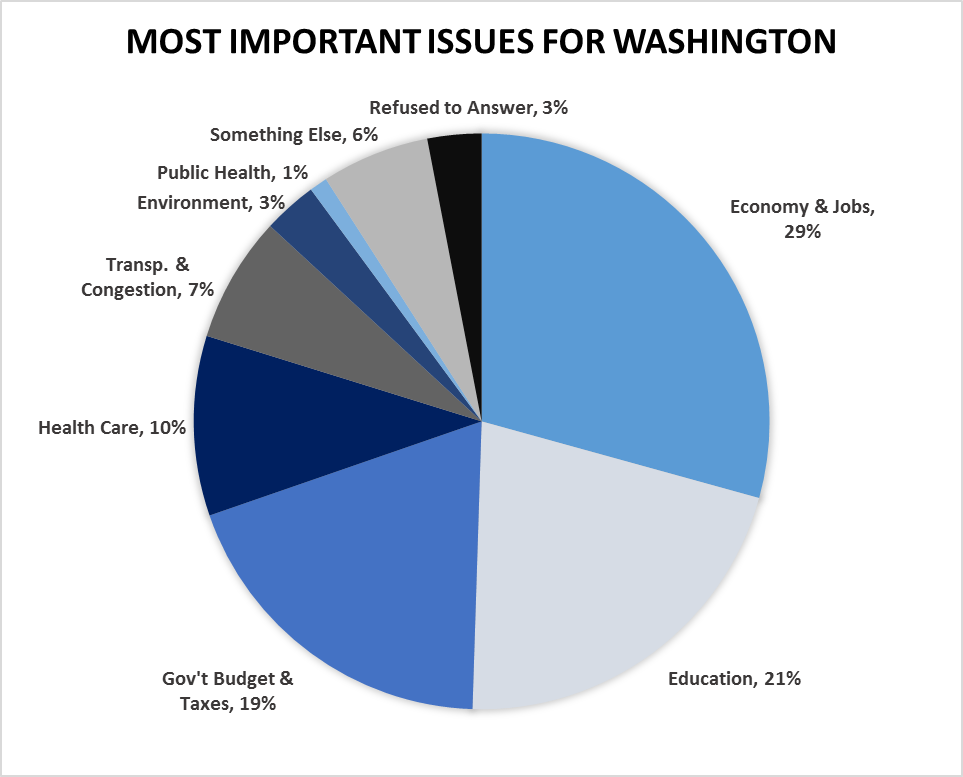Fiction to fact: EPA allowed What’s Upstream to continue false representation of farmers
The PR firm attempting to prove that farmers in Washington were harming water quality decided they didn’t need to actually provide evidence from Washington.
“I don’t know that the images one uses have to be somehow geographically associated with the issue in question” said Jeff Reading, President of Communications with Strategies 360, the firm hired by What’s Upstream. Referencing the image of cows wandering in a stream, Reading attempted to justify using a picture not from Washington to convince the public that Washington agriculture is the cause of water pollution.
It seems Strategies 360 and the Swinomish Indian tribe have a different definition of a lie. Attempting to sway public opinion, their campaign, known as “What’s Upstream,” deviated significantly from the truth – creating a fictional story to explain the source of water pollution.
Even the Environmental Protection Agency (EPA), who helped fund the campaign, attempted to tone down the blatant misinformation. EPA emails showed they were “urging” What’s Upstream to correct the lies but met with little success. Capital Press highlighted EPA’s attempts to change the tone of the effort, asking the tribe and their PR firm to educate the public about Puget Sound pollution instead of using taxpayer backed grants to create a political campaign to increase regulations on farms. Despite that urging, funds in excess of $650,000 continued to move to the What’s Upstream lobbying effort from taxpayer financed EPA grants.
Ironically, despite the message of the campaign, What’s Upstream’s own survey conducted by Strategies 360 refutes many of their own arguments. The highlight of the survey is that Washington farmers and ranchers are viewed favorably by almost 75% of Washington voters – 15% more than the EPA and tribes.
Ignoring survey results, What’s Upstream claimed, “three-quarters of Washingtonians are concerned about the impact of agricultural practices on our water resources. MOST Washingtonians believe that protecting our water resources is even more important than growing our economy.”

Survey results posted by Strategies 360, contradicted their narrative. Survey answers conclude that the environment ranks sixth out of the seven identified issues – far behind the economy and jobs, education, government budget and taxes. Only 3% of 600 survey participants care more about the environment than other issues. The survey takes advantage of people’s good intentions to protect the environment. “Most” people will choose to not pollute rivers and damage salmon populations. However, very few are in a socio-economic position where they are willing to waste money on efforts that do little for the environment and make it more difficult to provide sustainable food.
Instead of focusing on those who have a significant impact on water quality, What’s Upstream made up dubious claims in order to increase farm regulations. Government-mandated 100 foot buffers are the goal of the campaign and enacting such costly regulations would put many farmers out of business, despite claims made by What’s Upstream.
The survey’s design attempts to convince participants of imposing unnecessary and redundant regulations on farmers. Reasons like the following were presented to participants to intensify the feelings regarding government mandated 100 foot buffers:
“27. This rule requires that toxics such as pesticides, fertilizers, and manure stay at least 100 feet from salmon streams.”
Despite such questions, the survey found that the public trusts farmers and recognizes that those in agriculture are good stewards of the land.
Farmers use sound management practices and know that local free-market solutions work best for improving the environment by making it possible to do more with fewer resources and environmental impact. Every drop of fertilizer and irrigation water used on a farm has a cost for the farmer. Mismanagement of these resources and excessive application is a waste of money. Allowing farmers to continue working with local groups to improve water quality will go further than enacting costly regulations. By way of contrast, increased regulation will cost the taxpayer more in order to fund enforcement.
This is exactly what Nobel Prize-winning economist Elinor Ostrom found in her study of efforts to reduce environmental impact – local, collaborative efforts are more effective than regulatory approaches imposed from the outside.
One of the few truths included on the website can be found at the bottom of the page, “This project has been funded wholly or in part by the United States Environmental Protection Agency under assistance agreement PA-00J32201 to the Northwest Indian Fisheries Commission. The contents of this document do not necessarily reflect the views and policies of the Environmental Protection Agency…”
Public records show EPA’s disagreement with claims made by those running the “What’s Upstream” campaign. Despite their disagreement, however, the agency continued funding the campaign.
It seems the EPA has two different standards when it comes to “urging.” For the “offenders” like agriculture, forestry, mining and other natural resources, urging comes in the form of civil enforcement fines and mandated projects (totaling $1.9 million in Washington and $13+ billion nationally in 2015), criminal charges, and support of lawsuits. On the other hand, for an inaccurate and questionable lobbying campaign financed with tax-payer dollars the EPA will send an email stating disagreement and a check.





